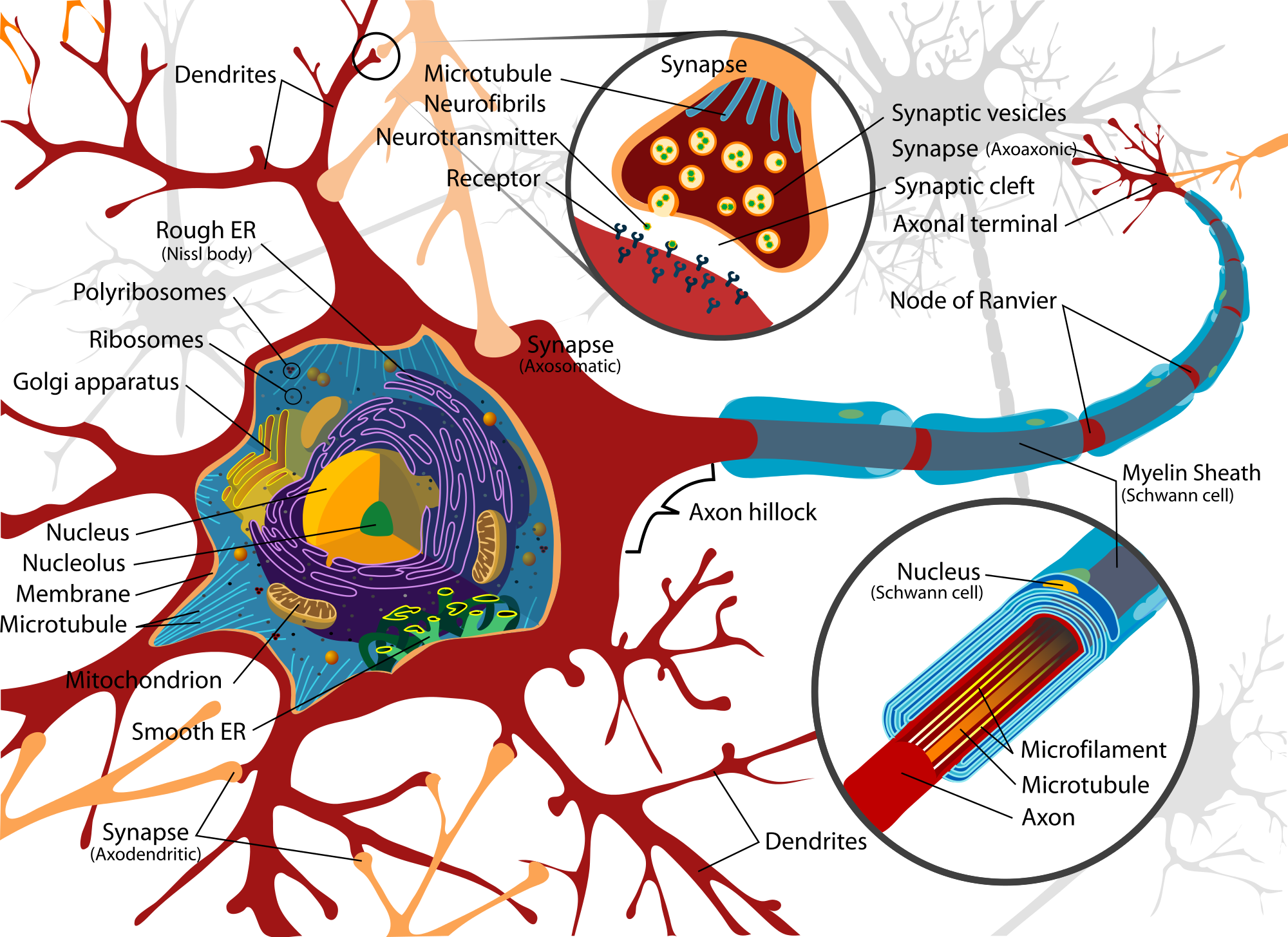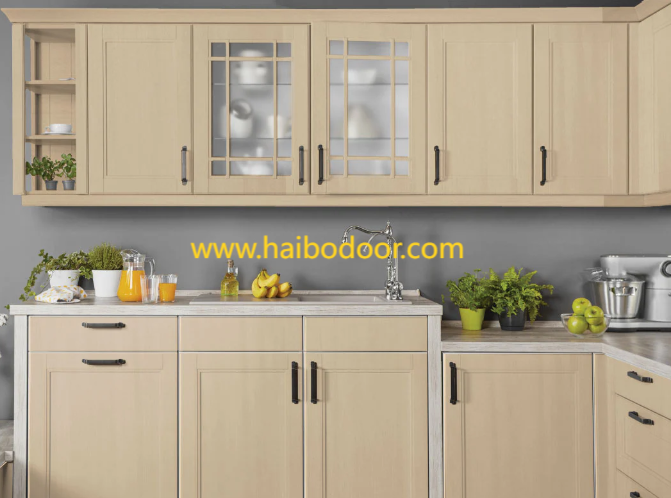Cabinets are more than just storage — they are central to kitchen function, bathroom efficiency, and even home aesthetics. But have you ever wondered how a sleek, fully functional cabinet system is made? A professional Cabinet Factory transforms raw materials into the refined furniture pieces you see in modern interiors. This article walks you through the essential stages of cabinet production, focusing on the craftsmanship and materials that make all the difference.
Core Material Selection and Precision Cutting
Every cabinet begins with a choice of core material. Most modern cabinets are crafted from engineered boards such as plywood, MDF, or particle board, depending on the intended application, durability needs, and budget range. High-end cabinets may use solid wood components for doors and face frames.
Once the materials are selected, the panels are cut to precise dimensions using automated CNC machines. These machines ensure tight tolerances for perfect fitting — especially important for frameless cabinet systems or custom-built configurations. At this stage, key components like side panels, bottom boards, backings, and shelving are shaped and labeled for assembly.
Attention to detail during cutting not only improves the structural integrity of the cabinet but also ensures efficient assembly and consistent results across multiple units.
Assembly, Finishing, and Hardware Integration
With components ready, the cabinet begins to take shape. The factory uses a combination of dowels, cam locks, glue, or screw fasteners to join parts depending on the construction method. For example, frameless cabinets require different joint strategies than face-frame designs.
The surface finishing process is where aesthetics meet function. Laminated coatings, wood veneers, or painted finishes are applied to panels, giving each cabinet its final look — be it high-gloss white, classic oak, or textured matte grey. Edging machines seal the sides to prevent moisture intrusion and improve appearance.
Hardware integration is the final defining step. Soft-close hinges, drawer slides, lift systems, and organizers are installed with precision, ensuring the cabinet operates smoothly and quietly. Factories often source premium hardware to enhance durability and user experience.
Quality checks are conducted at every step, including surface inspection, measurement validation, and load testing. This guarantees that each cabinet leaving the factory is not only attractive but also built to last.
The Craft Behind Every Cabinet
Behind every cabinet is a thoughtfully designed process that combines material science, design principles, and expert craftsmanship. Whether you need a minimalist kitchen layout or a custom storage system for your workspace, a professional cabinet factory delivers both function and form.
To explore cabinet solutions tailored to modern living, visit haibodoor.com — where design meets precision.

